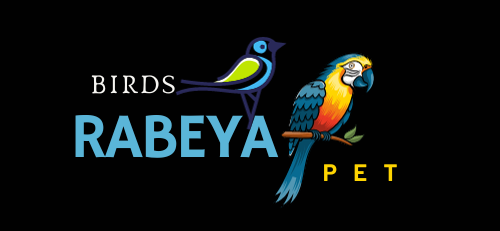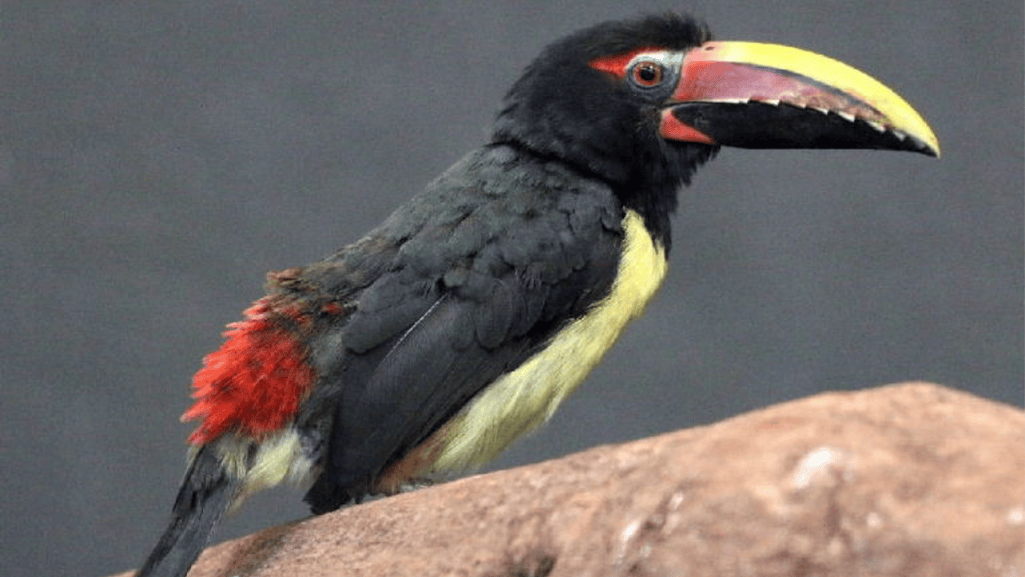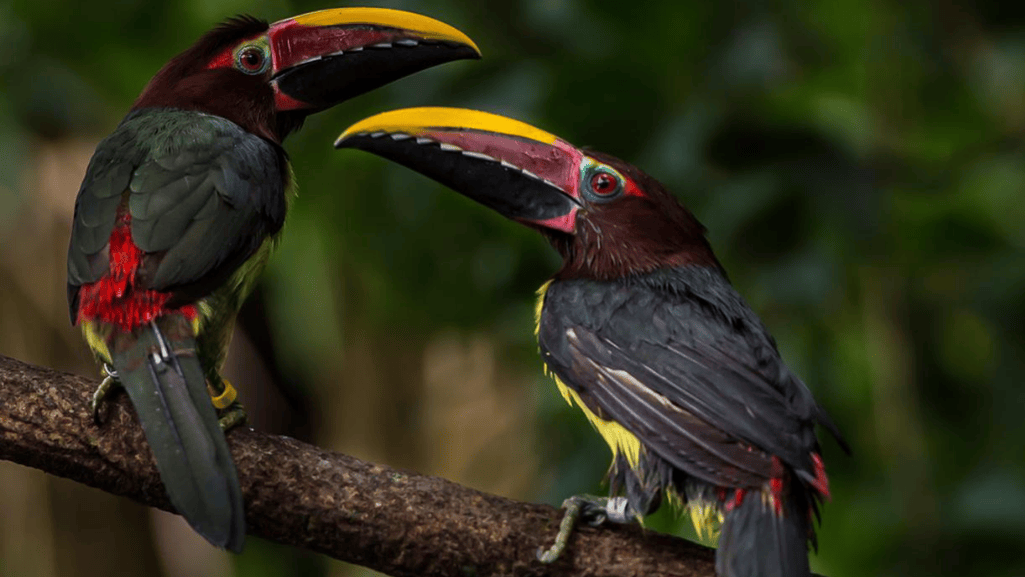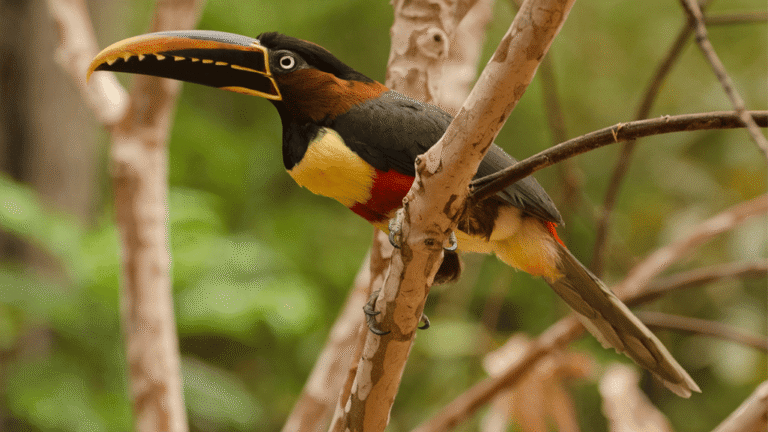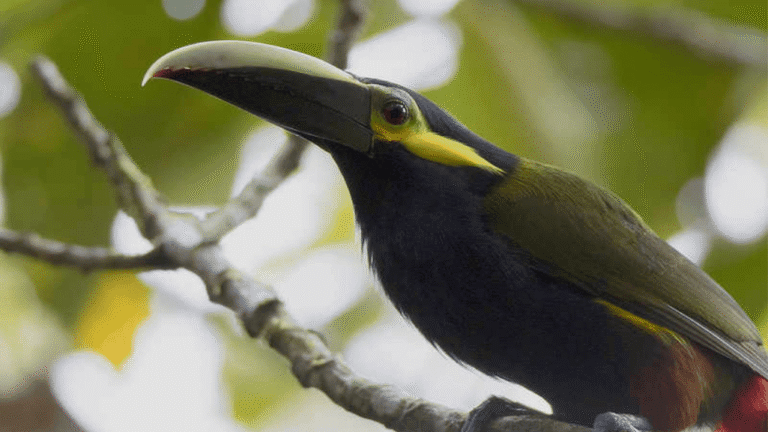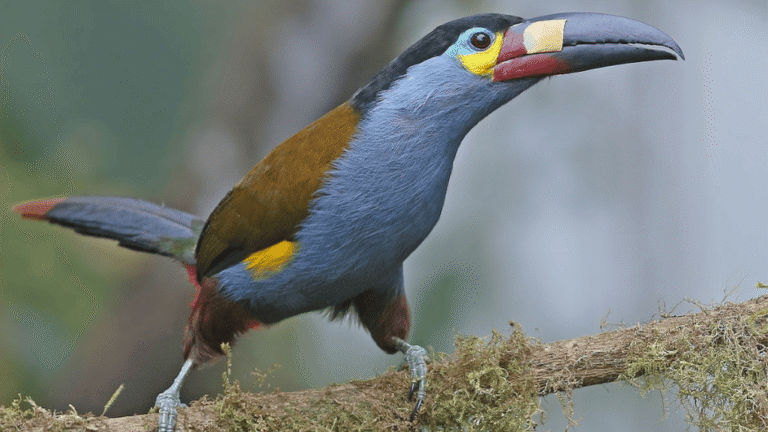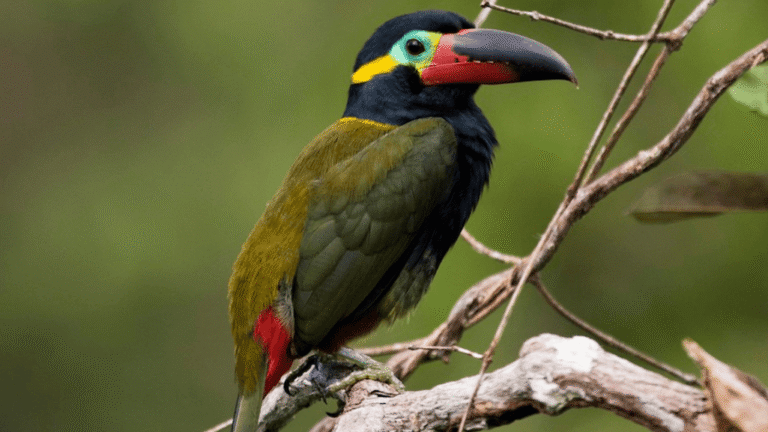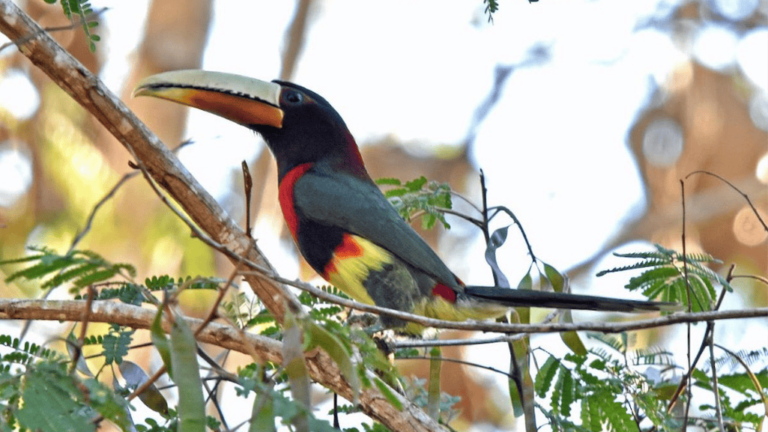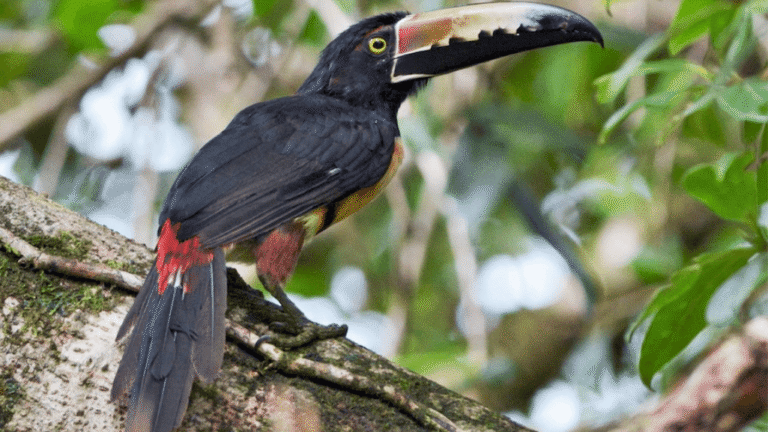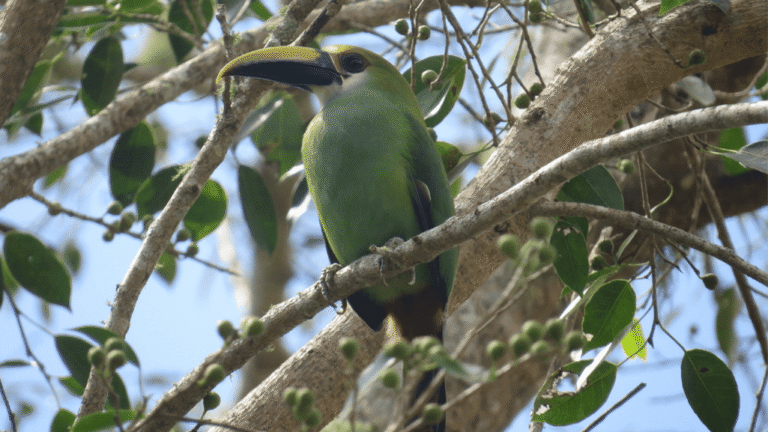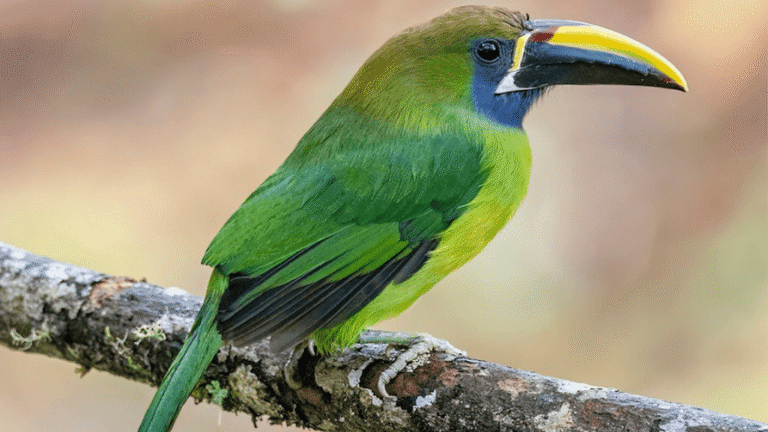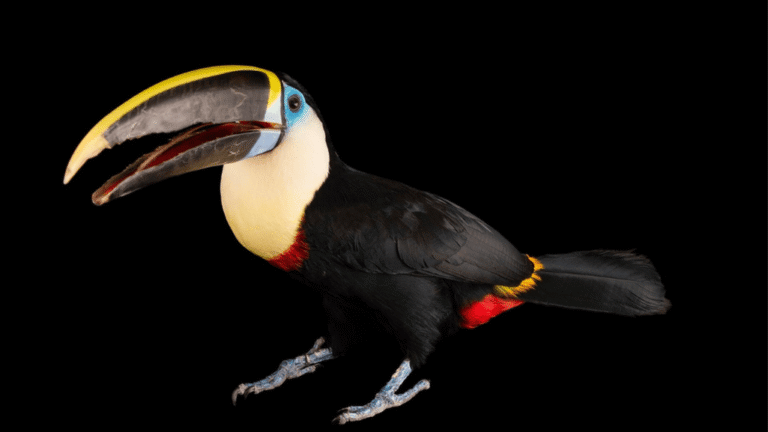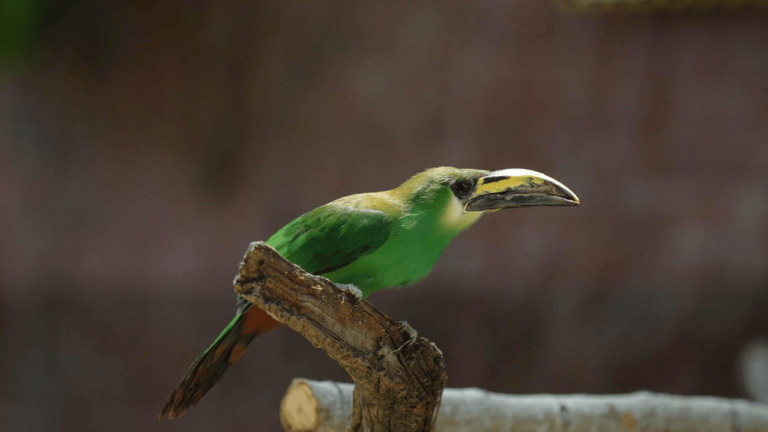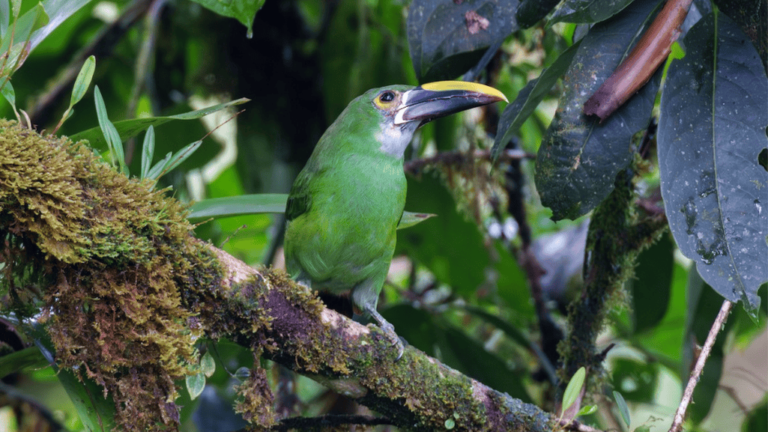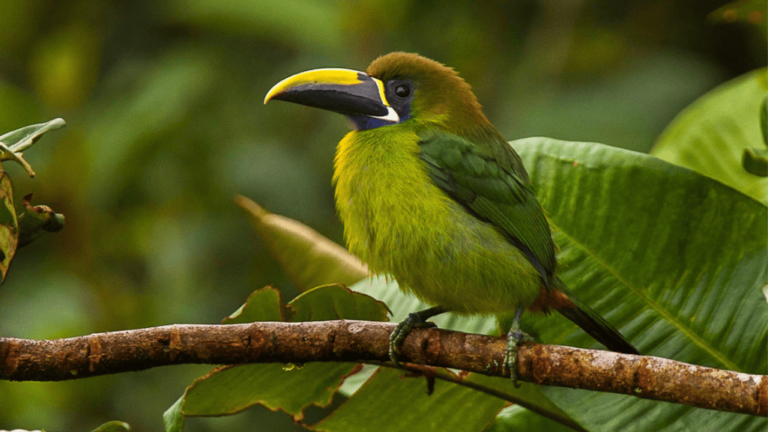The Green Aracari (Pteroglossus viridis) is a small toucan species known for its unique appearance and fascinating behavior. This article provides essential information about the Green Aracari, including its diet, habitat, behavior, and conservation status.
The Green Aracari is characterized by its dark green feathers on the back, contrasting with the vibrant yellow feathers on its chest. Its distinct beak features patches of black, red, and yellow, making it truly eye-catching. The male Green Aracari has a black head, while the female displays a dark reddish-brown head. These birds can be found in the tropical forests and lowlands of northern South American countries, such as Venezuela, Colombia, Suriname, and Guyana.
With its intelligence, playfulness, and affectionate nature, the Green Aracari is a delight to observe. It forms small social groups and exhibits camaraderie within its flock. The diet of the Green Aracari consists of fruits, insects, and even small birds and eggs on occasion. These birds are particularly fond of berries and display remarkable foraging skills.
Although the Green Aracari is currently categorized as of least concern in terms of conservation status, it is crucial to understand the threats these birds face and the importance of habitat conservation. Efforts are being made to protect their natural habitats to ensure their continued existence in the wild.
Whether you are fascinated by their stunning appearance or considering keeping them as pets, understanding the Green Aracari’s unique characteristics, needs, and behavior is essential. This guide provides valuable insights into the diet, habitat, and care of Green Aracaris, allowing you to appreciate these remarkable birds and contribute to their well-being.
Key Takeaways:
- The Green Aracari is a small toucan species with dark green feathers and a vibrant yellow chest.
- These birds are intelligent, playful, and affectionate, forming small social groups.
- The Green Aracari’s diet includes fruits, insects, and occasional small birds and eggs.
- They can be found in the tropical forests and lowlands of northern South American countries.
- Conservation efforts are necessary to protect their natural habitats and sustain their population in the wild.
Appearance of Green Aracari
The Green Aracari is a toucan species that stands out with its unique and vibrant appearance. Its distinct features include:
- Feathers: Dark green feathers on the back, wings, and tail.
- Coloration: Bright yellow feathers covering the front side, including the chest.
- Beak: Uniquely colored with black, red, and yellow patches, featuring a zig-zag-like design on the side.
- Eyes: Blue skin around the eyes and usually red irises.
- Head: Males have a black head, while females have a dark reddish-brown head.
The Green Aracari’s appearance brings together a combination of lush green, vibrant yellow, and striking patterns. As one of the smallest toucans, measuring between 12 to 16 inches in length and weighing approximately 100 to 150 grams on average, it captivates observers with its charming and colorful presence.
With its eye-catching plumage and distinctive beak, the Green Aracari is an intriguing sight in the tropical forests of South America.
Habitat and Range of Green Aracari
Green Aracaris are native to the tropical forests and lowlands of northern South American countries, including Venezuela, Colombia, Suriname, and Guyana. These birds are primarily found in lowland and woodland areas where food is easily accessible. They are adaptable to various habitats within their range and can be observed in dense forests, open woodlands, and even gardens with fruiting trees.
Green Aracaris are well-suited to the humid and diverse environments of their habitat. The dense foliage provides them with ample cover and protection, while the abundance of trees allows them to nest in natural cavities. These birds often utilize tree cavities formed by woodpeckers, making the most of existing structures in their environment.
Although they have a specific range, Green Aracaris are not known to migrate long distances. They tend to travel within the area they inhabit, exploring different parts of their range in search of food and nesting sites. Their distribution is primarily concentrated in South American countries, making them an iconic avian species of the region.
Key Points:
- Green Aracaris are native to Venezuela, Colombia, Suriname, and Guyana.
- They prefer lowland and woodland areas with abundant food sources.
- Green Aracaris nest in tree cavities, often using woodpecker-formed cavities.
- They are adaptable to various habitats within their range.
- Green Aracaris primarily reside in South American countries.
The image above showcases a Green Aracari in its natural habitat, demonstrating its vibrant feathers and striking beak. This bird thrives in the lush foliage of South America’s tropical forests and lowlands.
green aracari pteroglossus viridis
Green Aracaris are fascinating birds with an omnivorous diet that encompasses a wide range of foods. They prominently rely on fruits, including figs, dates, and various other fruits available in their habitat. In addition to fruits, they also consume insects, small birds, eggs, and worms, displaying a diverse feeding behavior. These birds have a particular fondness for berries, relishing the delectable flavors they offer.
When foraging for food, Green Aracaris exhibit a cooperative feeding style, often forming small groups. They venture down to the canopy or lower levels of the understory in search of sustenance. Their specialized beak, designed specifically for fruit consumption, strikingly combines lightweight construction with durability. It allows them to skillfully catch and grasp their food, aided by their beak’s unique structure.
Feeding Behavior Summary:
- Green Aracaris are omnivorous birds, consuming fruits, insects, small birds, eggs, and worms.
- They primarily feed on fruits such as figs, dates, and various other fruits found in their habitat.
- These birds have a particular fondness for berries.
- Green Aracaris forage and feed together in small groups.
- They utilize their specialized beak, lightweight yet durable, to catch and grasp food.
| Food | Description |
|---|---|
| Fruits | Includes figs, dates, and various other fruits found in their habitat. |
| Insects | Small insects provide an additional source of protein in their diet. |
| Small Birds | Occasionally, Green Aracaris consume small birds for their nutritional needs. |
| Eggs | In specific circumstances, Green Aracaris may prey on eggs as part of their dietary intake. |
| Worms | Worms serve as a supplementary protein source and contribute to the bird’s diverse diet. |
The feeding behavior of Green Aracaris showcases their adaptability and resourcefulness in procuring sustenance from their environment. Their varied diet ensures they meet their nutritional requirements and highlights their ecological importance as seed dispersers in the tropical forests they inhabit.
Reproduction and Behavior of Green Aracari
Green Aracaris are fascinating birds known for their reproductive behavior and social interactions. These monogamous birds form long-term pair bonds and may mate for life. They typically breed once a year, from January to May.
During the breeding season, the female Green Aracari lays two to four eggs in a nest cavity. Both parents take part in incubating the eggs, ensuring their proper development. The incubation period usually lasts around 16 to 20 days, after which the hatchlings emerge.
The newly hatched chicks are entirely dependent on their parents for care and protection. Both the male and female Aracari actively participate in feeding and nurturing the young. They provide regurgitated food to the chicks, ensuring their growth and development. The chicks remain in the nest for approximately 5 to 7 weeks, gradually gaining strength and developing their flight feathers.
Green Aracaris are highly intelligent and have a playful and affectionate nature. They are known to be sociable birds, often forming small groups or pairs within their habitat. These birds use vocalizations to communicate with each other, especially during courtship and to alert others of potential danger.
Key Points:
- Green Aracaris are monogamous and may mate for life.
- They breed once a year from January to May.
- The female lays two to four eggs in a nest cavity.
- Both parents participate in incubating the eggs and caring for the hatchlings.
- Incubation period lasts around 16 to 20 days.
- Chicks remain in the nest for about 5 to 7 weeks before they can fly on their own.
- Green Aracaris are highly social and communicate through vocalizations.
Understanding the reproduction and behavior of Green Aracaris provides valuable insights into their unique and remarkable nature.
Threats and Conservation Status of Green Aracari
The Green Aracari is considered “Least Concern” on the International Union for Conservation of Nature (IUCN) Red List. Despite their relatively stable population, these birds face certain threats in their natural habitat.
Threats to Green Aracari
- Larger birds and hawks preying on the young and fledglings.
- Deforestation and habitat loss due to human activities.
The Green Aracari’s main habitat, the tropical forests and lowlands of South America, is particularly vulnerable to deforestation. As these forests are cleared for agriculture, logging, and urbanization, the Green Aracari’s habitat diminishes, reducing their availability of food and nesting sites.
Conservation Efforts
Conservation efforts are in place to protect the Green Aracari and its natural habitats. Organizations and initiatives focus on:
- Creating protected areas and promoting their conservation.
- Implementing sustainable forestry practices to minimize habitat loss.
- Collaborating with local communities to raise awareness and support conservation efforts.
- Conducting research on Green Aracari populations, behavior, and habits to better inform conservation strategies.
These conservation measures aim to mitigate the threats faced by the Green Aracari and safeguard its population for future generations.
Keeping Green Aracari as Pets
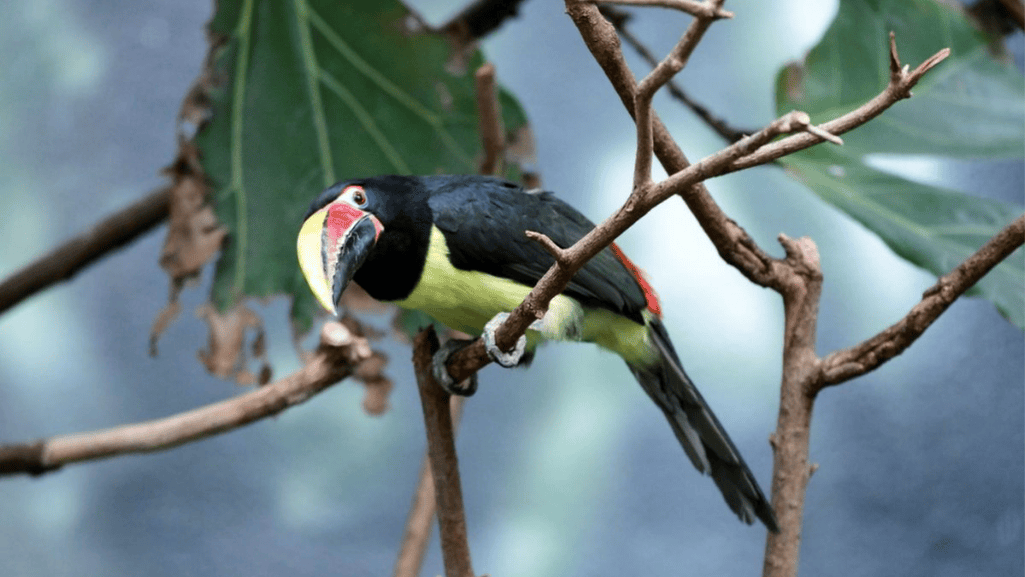 Green Aracaris can be wonderful pets for those willing to provide the proper care and attention. These intelligent and playful birds require mental and physical stimulation to thrive in captivity. To ensure their well-being, it’s important to create a suitable environment that mimics their natural habitat as closely as possible.
Green Aracaris can be wonderful pets for those willing to provide the proper care and attention. These intelligent and playful birds require mental and physical stimulation to thrive in captivity. To ensure their well-being, it’s important to create a suitable environment that mimics their natural habitat as closely as possible.
Green Aracari Care and Captivity
When keeping Green Aracaris in captivity, it is crucial to provide them with a spacious aviary that allows them to hop and fly around freely. The aviary should have plenty of branches and perches for them to perch and climb on. This helps to mimic their natural habitat and gives them the opportunity to explore and exercise.
In addition to providing a suitable living space, a balanced diet is essential for their health and well-being. Green Aracaris should be fed a variety of fresh fruits, including figs, dates, and other fruits rich in vitamins and antioxidants. They also require occasional protein sources, such as insects, to meet their nutritional needs.
It’s important to note that Green Aracaris are highly social birds and need companionship. If possible, it’s recommended to keep them in pairs or small groups to prevent loneliness and encourage natural behaviors. They thrive in a social environment and interact with their companions through playful behaviors and vocalizations.
Understanding Green Aracari Behavior
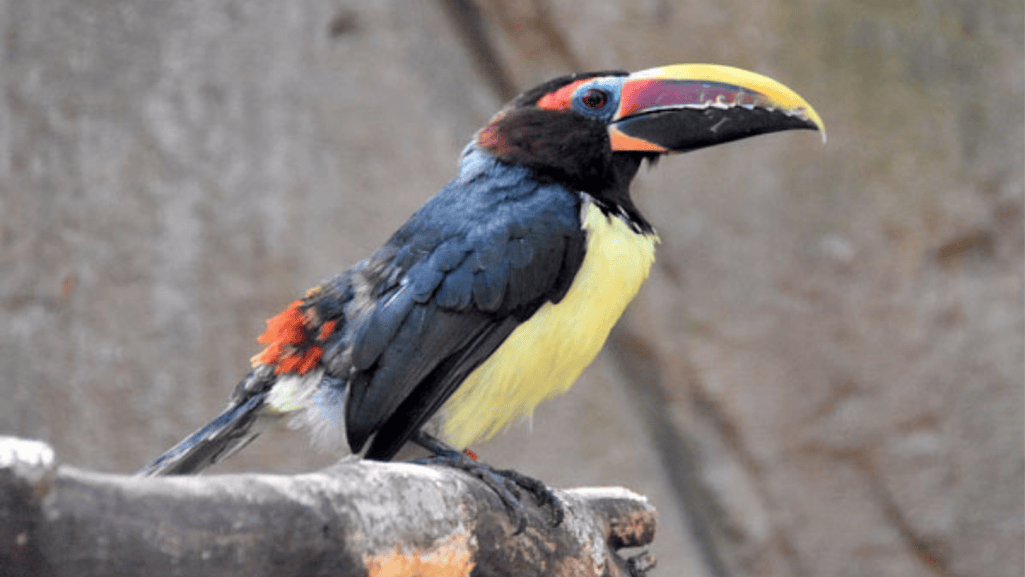 Green Aracaris are known for their intelligence and playful nature. They enjoy exploring their surroundings, solving puzzles, and interacting with toys. To keep them mentally stimulated, it’s important to provide toys and enrichment activities that challenge their problem-solving abilities.
Green Aracaris are known for their intelligence and playful nature. They enjoy exploring their surroundings, solving puzzles, and interacting with toys. To keep them mentally stimulated, it’s important to provide toys and enrichment activities that challenge their problem-solving abilities.
These birds are also highly vocal and use a variety of calls to communicate with each other. It’s important to understand their natural behaviors and vocalizations to ensure their needs are being met. They may vocalize to express happiness, call for their companions, or communicate during courtship.
Overall, keeping Green Aracaris as pets requires dedication and a deep understanding of their unique needs and behaviors. Providing them with a suitable environment, a balanced diet, and mental stimulation will contribute to their overall well-being and help them thrive in captivity.
Conclusion
The Green Aracari (Pteroglossus viridis) is a unique and fascinating bird known for its vibrant appearance, varied diet, and social behavior. These small toucans have distinctive features such as dark green feathers, a colorful beak, and a playful personality. They are found in the tropical forests and lowlands of northern South America, where they forage and feed together in small groups.
Despite some threats to their habitat, the Green Aracari is currently considered of least concern in terms of conservation status. Their populations are stable, and dedicated conservation efforts are in place to protect their natural habitats. These birds bring joy and beauty to their surroundings, whether in the wild or as pets.
If you are considering keeping a Green Aracari as a pet, it is important to understand their specialized care needs. They require a spacious aviary with plenty of branches and perches, along with a varied diet consisting of fruits and occasional protein sources. Providing mental and physical stimulation through toys and enrichment activities is essential to keep them happy and healthy.
In summary, the Green Aracari is a captivating bird species that highlights the diversity and beauty of the natural world. With its striking appearance, varied diet, and sociable nature, the Green Aracari continues to fascinate bird enthusiasts and researchers alike. Let’s appreciate and protect these beautiful creatures to ensure their future survival.
FAQ
What is the Green Aracari?
The Green Aracari (Pteroglossus viridis) is a small toucan known for its unique appearance and colorful beak.
Where can the Green Aracari be found?
Green Aracaris can be found in the tropical forests and lowlands of northern South American countries, including Venezuela, Colombia, Suriname, and Guyana.
What does the Green Aracari eat?
The Green Aracari has a varied diet that includes fruits, insects, small birds, eggs, and worms.
What is the behavior of Green Aracari?
Green Aracaris are known for their intelligence, playfulness, and affectionate nature. They live in small groups and communicate with vocalizations.
Is the Green Aracari endangered?
No, the Green Aracari is currently considered of least concern in terms of conservation status.
Can the Green Aracari be kept as a pet?
Yes, but they require specialized care and attention, such as a spacious aviary and a diet consisting of fruits and occasional protein sources.

